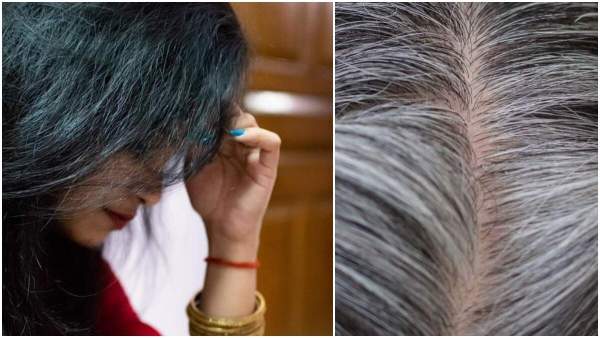Fascinating Facts and Unique Stories about Theatre : Theater … an art where stories, feelings and dreams of life are alive on stage. This is a magical world in which the actor expresses how many feelings the human mind expresses through drama, music and light. Theater is not just a means of entertainment but is a mirror that shows society its face. This is a window that leads us to new thinking and possibilities.
In simple words, theater is a confluence of entertainment, thinking and sensation that makes the audience laugh, make and forces to think. There is a fair of emotions, the magic of dialogues and the whole world of characters. When the curtain rises, the audience enters a new world. Every play creates a different world. Sometimes a beggar becomes a king. Sometimes the theater resonates with laughter and sometimes a scene leaves tears in the eyes. The world of theater is such colorful and support. And today we are telling you some interesting things to it.
Start of theater: Origin from ancient Greece
The history of theater is 2500 years old, whose roots are associated with ancient Greece. In the 5th century BC, Greek playwrights such as Sophoclies and Europeans gave birth to Tragedy and Comedy. The interesting thing is that at that time the actor used to perform masks so that the audience could understand their feelings from a distance. These masks are still considered a symbol of theater.
Shakespeare's Globe Theater: The audience stood up
In the 16th century, the plays of England's great playwright William Shakespeare brought the theater to new heights. His famous globe theater had a unique tradition for the poor audience … which were called “Grounds”. These people could only watch plays in one penny, but they had to stand right in front of the stage. This tradition also reflects the social structure of that time.
Theater in India: Natyashastra's contribution
The theater tradition in India is very ancient and its basis is the “Natyashastra” of Bharat Muni, which was written between 200 BC and 200 AD. It is the first detailed book in the world to stated the rules of acting, dance, music and stage decoration. Even today, the effect of “Rasa Siddhanta” can be seen in the Indian theater, which focuses on awakening emotions in the audience. The roots of the Indian theater are associated with folk tales and mythology.
Longer
Do you know that the world's longest play is “The Motion”. The play, written by Agatha Christie, has been continuously showcasing in West End, London since 1952. So far, it has done more than 28,000 shows and it has a record in itself.
Theater superstition: curse of “Macbeth”
Many superstitions are also associated with the theater world. For example, Shakespeare's play “Macbeth” is considered a “cursed drama”. It is said that there were many accidents during its performance, due to which actors also avoid taking its name on the stage and addressed it as “The Scottish Play”.
Ghosts Theater: Unique recognition
In many old theaters around the world, it is believed that ghosts reside there. The story of a ghost called “Gray Man” is famous at the Drui Lane Theater in London, which has been claimed by many actors. It is said that his presence is a sign of the success of the play.
Good Luck: Mystery of “Break a leg” in theater
This thing can surprise you, but it is considered inauspicious to say “good luck” in the world of theater. Instead, actors are called “Break a leg”. There are many stories to this, but a popular belief is that this tradition has been going on since the time of Shakespeare, when the actor bowed on the stage and greeting the audience, which was called “leg braking”.
Inclusion of technology in modern theater
In today's era, the theater has made itself more lively by adopting new technology. Tools such as projection mapping, 3D sound and agramed reality are giving a new dimension to the stories on the stage. For example, in a recent drama “Ramayana: The New Vision” in Mumbai, ten ends of Ravana were alive with digital technology, which mesmerized the audience.
Street Theater: A means to show a mirror to society
Street theater or “street plays” have been a powerful medium of social awareness in India for a long time. Many color workers like Safdar Hashmi took it to the people. The interesting thing is that it does not require any grand platform or costume… yet the thing that it said deeply affects the audience.
Silent theater: Story without words
In the 20th century, the silent theater (Pantomime) made a distinct identity. This art proved that emotions can be expressed deeply even without dialogues. French artist Marsel Marso has popularized it globally. The beauty of the silent theater is in its wordless expression. Without speaking a word, this art of telling the story with gestures still surprises and thrills the audience and proves that silence also says a lot.









